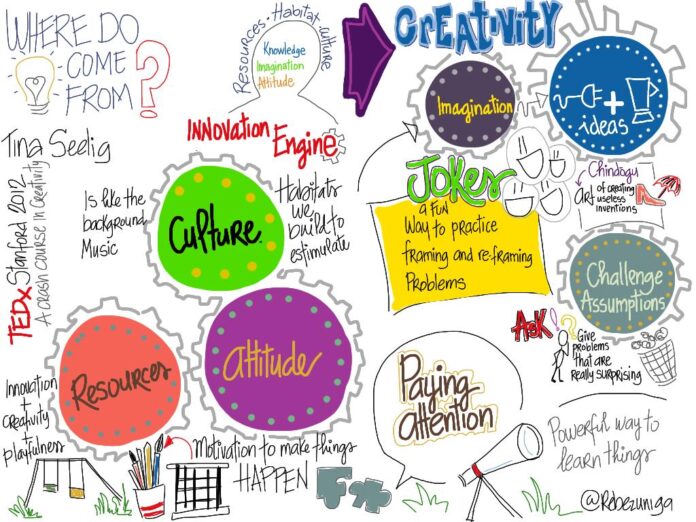
Unleash Your Creativity: A Step-by-Step Guide to Drawing
Drawing has always been a popular form of artistic expression. Whether you’re a seasoned artist or a beginner, drawing is a great way to unleash your creativity and express yourself. However, many people are intimidated by the thought of drawing, thinking they lack the talent or skills to create something beautiful. The truth is, anyone can learn to draw with the right guidance and practice. In this article, we’ll provide a step-by-step guide to help you unleash your creativity through drawing.
Step 1: Gather Your Materials
The first step to unleashing your creativity through drawing is to gather your materials. You’ll need a drawing surface, such as paper or a sketchbook, as well as drawing pencils in various hardness and a good quality eraser. If you prefer, you can also use charcoal, pastels, or colored pencils for a different effect. Additionally, consider getting a ruler, a sharpener, and a blending stump for shading.
Step 2: Get Inspired
Before you start drawing, take some time to get inspired. Look at the work of other artists, both well-known and local, and take note of what inspires you. You can also find inspiration in nature, architecture, or even everyday objects. By finding inspiration, you’ll be more motivated to begin drawing and let your creativity flow.
Step 3: Start with Basic Shapes
When you’re ready to start drawing, begin with basic shapes. Circles, squares, triangles, and ovals are the building blocks of many drawings. By starting with basic shapes, you can create a rough outline of your drawing before adding in the details. This step is important for ensuring that your proportions and composition are correct.
Step 4: Sketch Lightly
As you begin to draw, remember to sketch lightly. This will allow you to erase and make changes as needed without damaging the paper. Use light, quick strokes to outline your drawing, taking your time to get the shapes and proportions right. Don’t worry about making mistakes at this stage – drawing is a process of trial and error.
Step 5: Add Details
Once you’ve sketched the basic outline, you can start adding in the details. Look closely at your subject and observe the different textures, shapes, and shadows. Pay attention to the direction of the light and how it affects the form of your drawing. Use a variety of pencils to achieve different depths and textures, and don’t be afraid to experiment with different techniques.
Step 6: Focus on Shading
Shading is a crucial aspect of drawing, as it adds depth and dimension to your work. Pay attention to the light source and the areas of the drawing that would be in shadow. Use different pencil weights and blending tools to create a smooth transition between light and dark areas. Practice different shading techniques, such as cross-hatching, stippling, and blending, to add depth and realism to your drawing.
Step 7: Practice, Practice, Practice
Like any skill, drawing takes practice. Don’t be discouraged if your first drawings don’t turn out the way you want them to – keep practicing and experimenting with different techniques. Set aside time each day to draw, whether it’s for a few minutes or a few hours. The more you practice, the more your skills will improve, and the more your creativity will flourish.
Step 8: Seek Feedback
As you continue to draw, seek feedback from others. Share your work with friends, family, or online communities and ask for constructive criticism. Don’t be afraid of criticism – it’s a valuable tool for improving your skills and learning new techniques. Take note of any suggestions and use them to guide your future drawings.
Step 9: Take a Break
Drawing can be both mentally and physically exhausting, so it’s important to take breaks. Step away from your drawing for a while and give yourself time to rest and recharge. When you come back to your drawing with fresh eyes, you may notice areas that need improvement or new ideas for how to approach the drawing.
Step 10: Experiment with Different Styles
Finally, don’t be afraid to experiment with different styles and techniques. Drawing is a versatile art form that can be adapted to suit your personal style and preferences. Try drawing in different mediums, such as ink, watercolor, or digital, to see which one you enjoy the most. You can also experiment with different subjects, such as still life, portraits, or landscapes, to expand your skills and find your niche.
In conclusion, drawing is a rewarding and fulfilling way to unleash your creativity. With the right materials, inspiration, and guidance, anyone can learn to draw and express themselves through art. By following these steps and practicing regularly, you can develop your skills and let your creativity flourish. So grab your sketchbook and pencils, and start drawing today!


















